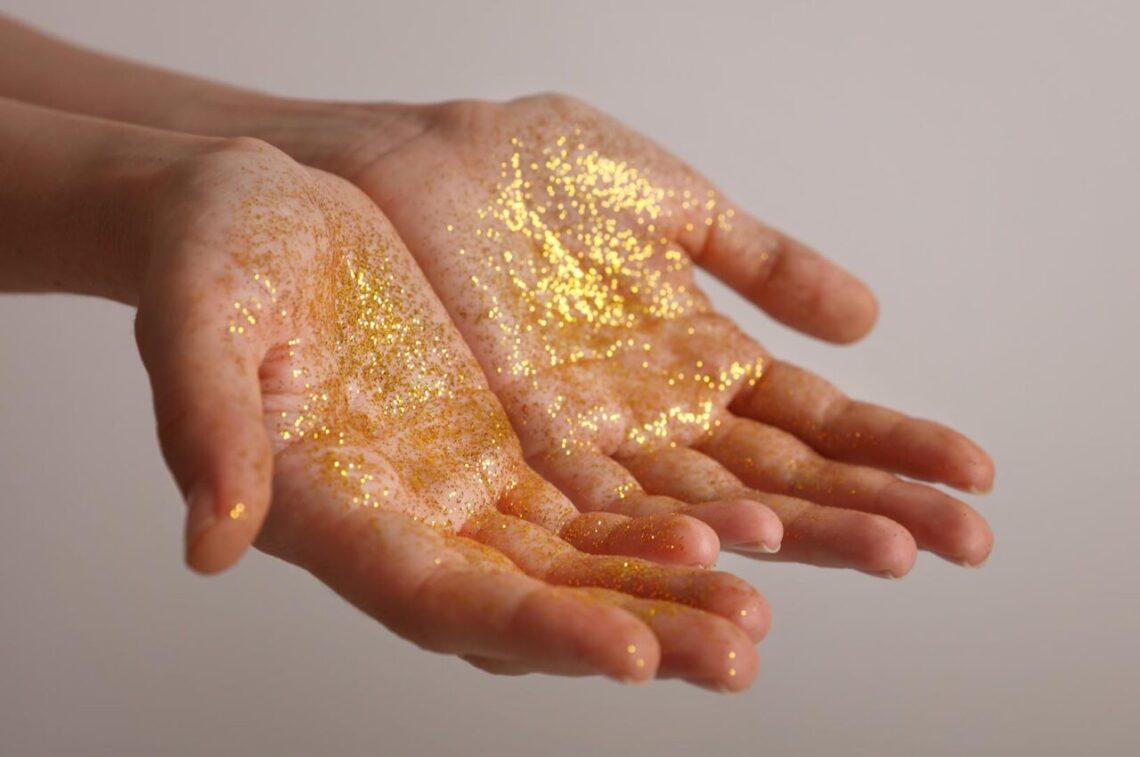On September 25th, the EU Commission released a press release announcing the ban on the sale of microplastics starting from October 17th. This step, which has been long in process, is now being implemented to protect the environment, as microplastics are deemed harmful to the environment.
What exactly are microplastics? This is a broad definition that includes all synthetic polymer particles under 5 millimeters that are organic, insoluble and difficult to degrade. The ban therefore affects granular material on sports fields, cosmetics such as peels, plant protection products, detergents, plasticizers, toys and loose glitter.
The announcement caused a stir on social media with nail studios, cosmetics lovers and even bridal shops wondering if they could still sell wedding dresses with glitter tulle.
As an online publication for bridal retailers, designers and manufacturers based in Germany, Bridal Times decided to get to the bottom of this and contacted the German representation of the EU Commission directly.
A spokeswoman who did not want to be named answered our questions to clarify what these regulations mean for bridal shops, designers and even fabric manufacturers.
Bridal Times: The new EU microplastic sales ban includes “loose glitter”. Does this mean that glitter tulle or other fabrics with glitter can no longer be sold?
EU Commission spokesperson: In most cases, fabrics with glitter can still be sold. Industrial use and sale of glitter fabrics is allowed (permanent exemption). Glitter fabrics used to make clothing or shoes are not affected by the restriction.
Glitter fabrics used for arts and crafts or other purely decorative purposes are only affected if they lose glitter during normal use. Glitter fabric that does not lose glitter is not affected.
Products that are already on the market on October 17th are not affected by the ban and can continue to be sold until stocks are exhausted.
Bridal Times: What about sequins or pearls?
Answer: Sequins, pearls, beads or other decorations intended for threading or sewing are not covered by the ban.
Bridal fashion stores are not affected by this, as clothing or shoes with glitter do not fall within the scope of the restriction.
The industrial use and sale of fabrics with glitter is allowed with a permanent exemption. Wedding dress designers are not affected, as clothing or shoes with glitter do not fall under the restriction.
Bridal Times: How long will it take for such a regulation to come into effect?
Answer: The first measures will be valid from October 17, 2023 when the restriction comes into effect.
In most cases, however, the sales ban will only come into effect after a longer transitional period so that those affected have time to adjust to the new regulations and find alternatives.
To view the original press release or obtain further information from the EU Commission, click HERE.
On the behalf of Bridal Times, we hope to put fears at ease, as bridal shops, designers and bridal manufacturers will not be affected by this new ban.

